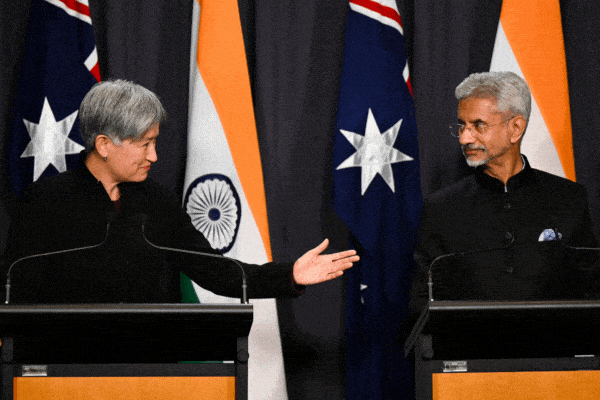As 2022 began and we emerged from a pandemic stupor of two years, little did we know that a year of drive and dazzle awaited us. Looking back at the past twelve months, Australia’s Indian community can congratulate itself for finally coming into its own. We’ve made a mark in a number of ways – in the Australia-India sphere; as a community of significance at the national level, and with definitive evolution within the community. There’s excitement tapping us on the shoulder.
Bilateral ties
It’s been a momentous year at the bilateral level. The historic trade deal Ind-Aus ECTA was finally inked, ten years in the making. It heralds a new era in the economic relationship, with tariffs to be eliminated on more than 85 per cent of Australian goods exports to India, and 96 per cent of Indian goods imports entering Australia.
The ECTA was but one of a raft of measures signifying new geo-economic and strategic aspirations. Besides connecting at the economic level, deeper political, cultural and diasporic relations await as well.
Meanwhile, the strength of the QUAD continues to grow as the geo-political interests of the four member countries India, Australia, Japan and the United States strengthen against the expansionist ambitions of China. While maritime security has been a major issue of interest (with the sound of Russian bombs falling in Ukraine, is there a template for a similar attack on Taiwan by China?), other concerns have also spurred greater engagement of the Quad countries. These have been indicated as collaboration in COVID-19 vaccines, climate change, cyber security, humanitarian assistance and disaster relief, space and counterterrorism.
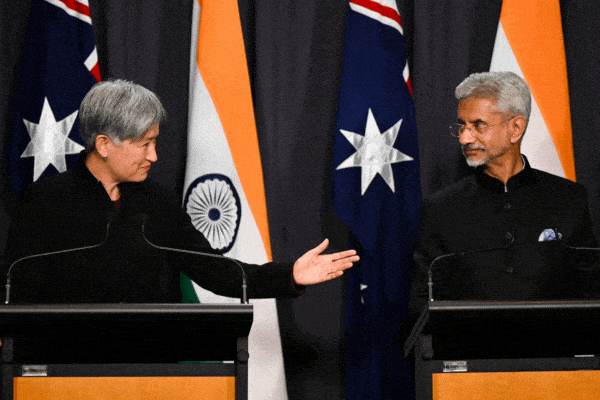
But reverting to Australia-India maitri, a flurry of high-profile visits ensued between the two nations this year. From the Indian side alone, we welcomed the External Affairs Minister Dr S Jaishankar twice; Nitin Gadkari (Road transport); Gajendra Singh Shekhawat (Water Resources), Dharmendra Pradhan (Education, Skill Dev adnd Entrepreneurship); Meenakshi Lekhi (Minister of State for External Affairs), R. K. Singh (Power and New & Renewable Energy); Pralhad Joshi (Coal and Mines); Piyush Goyal (Commerce and Industry).
From the Australian side, a change of government half way through the year notwithstanding, high ranking Australian officials found their way to India, notably Defence Minister Richard Marles and Assistant Minister for Foriegn Affairs Tim Watts. WA had a high level trade mission visit India, and NSW Premier Dominic Perrott also spent a few days in the sub-continent.
The engagement narrative has never been stronger.
Census 2021
A further energy surge in Australia’s Indian community came from the Census results.
India has become the third largest country-of-birth nation, next only to Australia and England, according to the Australian Bureau of Statistics.
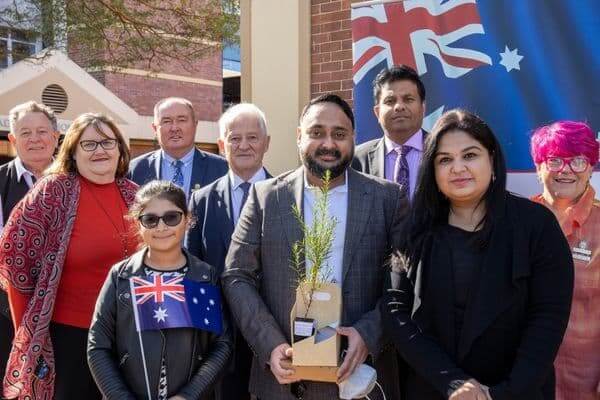
Further, Hinduism was revealed as the fastest growing religion – its followers now making up 2.7% of the population.
The fastest growing language, again, was Indian. Punjabi has seen the largest increase in terms of number of people who speak a language other than English at home, coming in third behind Mandarin and Arabic.
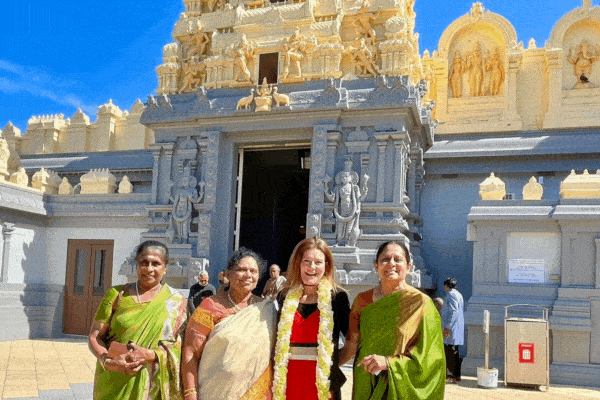
As a migration destination, Australia holds much attraction for Indians, particularly with its increasing multiculturalism, quality education, and health care.
The number of Indian migrants in Australia is likely to continue to grow, at least in the near future.
Indian community in the Federal election
It is not surprising the political parties were actively reaching out to the Indian community at election time. A growing bloc of immense capital, both social and cultural, large numbers of us live in marginal seats in Sydney and Melbourne, making us an attractive demographic.

Indian Link’s nation-wide survey to assess voting intentions within the community cut across demographics and reached mainstream audiences like never before this time round. CEO Pawan Luthra discussed the findings on national broadcaster ABC (on The Drum, Radio National, and ABC Radio Sydney) and in The Guardian.
The results largely mirrored mainstream polls towards a near 50-50 split between the Liberal National Coalition and the ALP (indicating quite successfully that Australia’s Indian community does not vote as one bloc, embracing diversity instead).
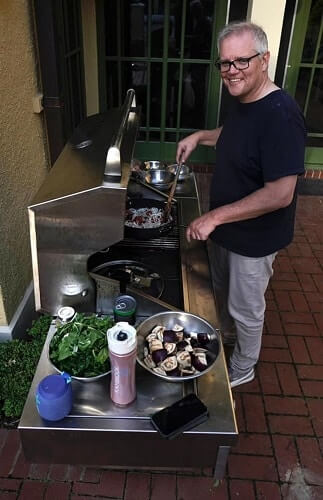 Of particular interest were the two community-specific questions we asked.
Of particular interest were the two community-specific questions we asked.
One related to ScoMo’s frequent curry night selfies on social media. (23 per cent of respondents reported that they were off-putting and they were now less likely to vote for Scott Morrison.)
The other was on the government’s draconian border closures – especially with India at the height of the pandemic in early 2021, and threatening returning Indian-Australians with imprisonment and hefty fines. 31 per cent of the respondents reported a negative view of this hard stance, claiming it would affect their voting intentions.
Significantly for us, two Indian-origin representatives entered Parliament (Michelle Ananda Rajah and Zaneta Mascarenhas from Vic and WA respectively).
Greater acceptance by the mainstream
The strategic and economic ties between India and Australia developing in high-impact ways in recent months, are viewed with great pride by Australia’s Indian community. At the same time, increased exposure to our community – in terms of both direct and vicarious contact – is perhaps doing its bit to decrease discrimination or prejudice in the mainstream. There seems to be a greater appreciation of Indian links in Australian life: they’ve popped up with far greater frequency in the media, for instance (think blanket coverage of Diwali events, or special shows such as ABC TV’s India Now, or increased reportage of Sikh volunteerism as religious service).
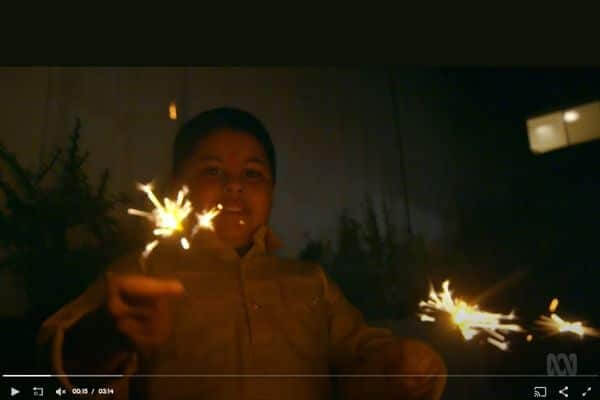
Is the ‘racist’ label from the late 2000s well and truly a thing of the past?
Cricket
The blue jerseys were out in full force at the ICC T20 Cricket World Cup as an army of Indian addicts scored their cricket hit. The Indian team – well, they came, they were pampered, and they were vanquished.

Never has a team which is worshipped by so many, disappointed its fan base by such passive capitulation at the pointy end of the tournament. The win against Pakistan, in front of 90,000 plus heaving and singing fans at the MCG, was a consolation memory but overall, a disappointing tournament for Indian-Australian fans.
Other talking points
Travelling back home
Perhaps the most grating issue in international travel was the changing rules and regulations as we began to come out of COVID. Difficult international flights, miscommunication at airports, complicated paperwork, all became quite the norm. With airlines themselves of little help thanks to the changing guidelines, we saw the birth of the WhatsApp groups set up by passengers, helping each other with information and advice. (Is this a trend that will stay?) Air Suvidha became an oft-used travel term for those flying back home, a requirement that has only just lifted.
Currently in the holiday month, the topic of lament in Australia’s Indian community is sky-high airfares, a sore point for those aching to get back home after a three-year break.
Indian qualifications
Another issue of discussion was the decades-long problem of overseas degrees not being recognised by Australia’s education system. A new taskforce announced jointly by the Governments of India and Australia will develop updated qualifications recognition arrangements to help affected professionals who’ve experienced a setback to their careers. While the move came as a relief to many in our community, those outside were not exactly pleased, taking to social media to complain about ‘shoddy degrees’ and ‘the loss of local jobs’.
Swastika
Victoria and NSW both banned the public display of the Nazi symbol in recognition of its role in inciting antisemitism and hate. A criminal offence, the act will incur jail terms, hefty fines, or both. Exclusions apply, however, for the display of the sign in religious or cultural context – a clause for which the Hindu, Buddhist and Jain communities moved the relevant government agencies and were successfully heard.
Unnatural deaths
A spate of unnatural deaths were reported on our pages this year. Many of them, tragically, had to do with children, following the saga of eight-year-old Aishwarya Ashwath of Perth last year.
Canberra’s Pranav Vivekanandan 8, was pulled from a pond in which he had drowned. The bodies of his mum and brother were found shortly afterwards.
Brisbane’s Hiyaan Kapil 5, spent four hours in the hospital with severe stomach pain and vomiting. He died shortly after being discharged.
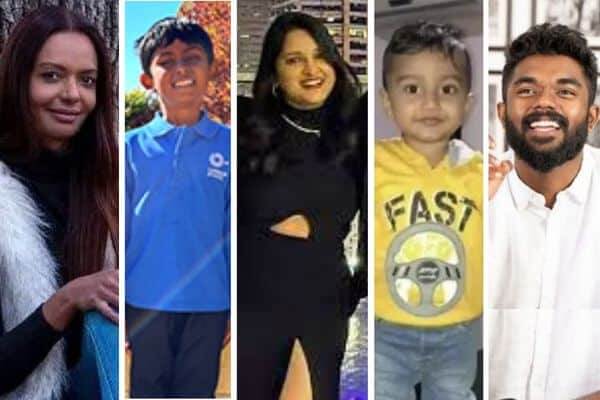
International students Nidhi Lalji Hirani and Ruxmi Premji Vaghjihani, of Indian origin from Kenya, both 20, drowned after their car ran off the road in Aveley Lake, Perth.
27-year-old senior auditor Aishwarya Venkatachalam was found dead at the EY Sydney office, hours after she was seen crying alone at a car park.
43-year-old Shereen Kumar’s body was found in bushland in northwest Sydney. Her partner Vincent Carlino was arrested for her murder.
24-year-old Indian student Abin Philip died in a freak water accident near Sunshine Coast in QLD.
Science
From within Australia’s Indian community, Indian Link’s most prolific reports this year were from the field of science. You read with interest our reports on the work of Sonu Bhaskar (causation of strokes and the establishment of the world’s first blood clot bank), Darshi Ramanathan (describing a new autoimmune disease), Veena Nair (the teaching of school science), Jitender Matta (developing a new fire-retardant material), Ruhani Singh (vaccines storage technology), Rajeev Roychand (turning PPE waste into concrete), Munish Puri (using single cell micro algae for biofuels), Smita Shah (adolescent health), Sameer Bhole (preventive and public dentistry), Marlene Kanga (engineering), and Raj Khillan (paediatrics), among others. The broad range of research interests indicates the deep pool of STEM talent in our community.

This year also saw the announcement of more avenues for research funding – with 70 fellowships alone in a bilateral program between Australia and India, and more in Quad fellowships.
Achievers
Eleven high achievers from the community were felicitated this year in the Australia Day and Queen’s Birthday Honours. As usual, the honorees were typically from the fields of medicine and scientific research, but welcome additions this year came from community journalism (Kersi Meher-Homji of NSW) and service to the Indigenous community (Asha Bhat of WA).
In the Australian of the Year awards, Victoria followed NSW’s 2022 choice of Indian-origin Prof. Veena Shajwalla with their own Indian-origin pick, paediatrician Dr Raj Khillan. NSW meanwhile honoured Amar Singh in their Local Hero category.

Four persons from our community made it to the 40 Under 40 Asian Australian lists, in the fields of medicine, business, banking and women’s empowerment.
Our congratulations to all awardees.
Gen Next
A community highlight this year was seeing Gen Next making an impact in various fields, including fintech (Anish Sinha), the prepared meal market (Tushar Menon), cricket (Alana King), theatre (Manali Datar), mental health (Shakti), music (Ash Lune, Avneesha Martins), women’s sexuality (Brown Girl Sexology), advocacy for international students (Karan Mehta), social media communities (Brown Girl Gang), and skin care and beauty products (Alisha Bhojwani). Keen to take risks in a manner their first gen parents would typically shy away from, they’ve put themselves out there to boldly follow their passions.
The outlook for the next few years, we can only assume, is promising.
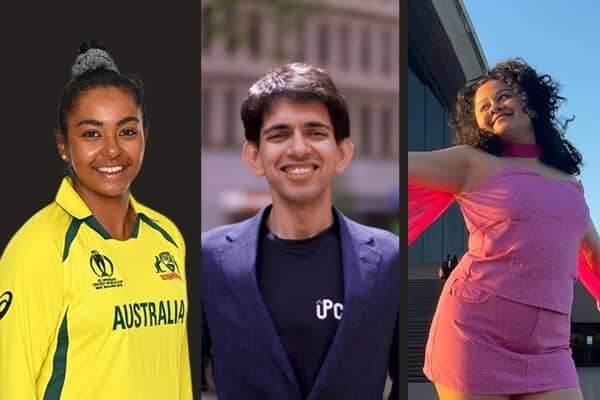
Entertainment
The curtains pulled back once again following a two-year hiatus, bringing us a whole host of stars. Whatever your genre, there was an event for you – Zubin Mehta, Ilaiyaraaja, Shreya Ghoshal, Sonu Nigam, Pankaj Udhas, Shaan, Satinder Sartaj, Abhijeet Bhattacharya, Harbhajan Mann, Kaushiki Chakraborty.
The newest buzz was in the stand-up comedy scene: Vir Das, Vipul Goyal, Aakash Gupta, Zakir Khan, Kapil Sharma. And this is where we see the most interesting trend – sell-out theatres, with patrons in the age group 20-30 (all impeccably behaved, lining up peacefully to get a selfie with the star later). Anyone over 40 is like a fish out of water here and will in all probability be picked on by the comic on stage. They probably won’t relate to the content either, given it is replete with references to social media trends, smoking pot in college, the latest in gaming, live-in relationships… and parents who still bank with passbooks.

Some of this content is now filtering into community theatre as well (Sydney’s Crescendo Theatre, we’re looking at you), although the old guard continue successfully with their classical fare.
IFFM was back with a bang as well this year with its annual dose of stardust, bringing Bollywood over to our shores in flesh and blood. This year we saw filmmakers Kabir Khan, Shoojit Sircar, Anurag Kashyap, Nikkhil Advani and Saim Sadiq, actors Abhishek Bachchan, Shefali Shah, Tapsee Pannu, Tamannaah and Vani Kapoor, and celeb film critic Rajeev Masand. Somewhat bizarrely though, the festival picked a cricketer for its main award. Nonetheless, Kapil Dev had the fans eating out of his hand.
Thumbs up to…
The rise in volunteerism in the community
Our Sikh community have led the way here, making a deep impression on the mainstream with their spirit of seva at times of hardship (and keeping at it even after, as large sections of people continue to struggle with daily needs). Food security is becoming a clear and present danger for the Australian community as people battle increasing cost-of-living pressures. The uptick in packaged meals being sent out regularly by various community platforms, only adds to the values of Australian mateship.
Within the community, it has been amazing to see the support every time tragedy strikes, with GoFundMe campaigns routinely reaching capacity in a matter of hours.
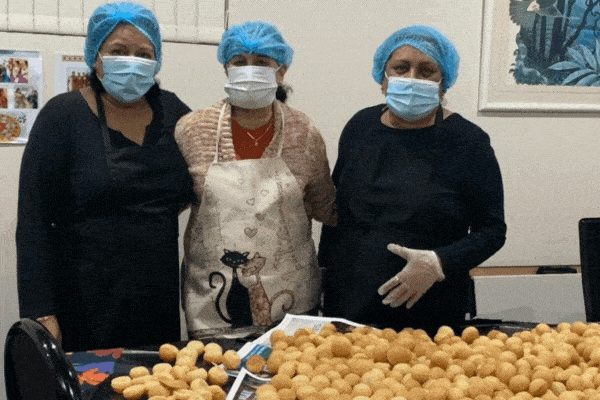
A special mention to the Indian community in Adelaide this year, who showed collective compassion and responsibility in their care and support of two bereaved children. Led by the Telugu Association of South Australia, they rallied together for Bhavagna and Palvith, aged 9 and 6, who lost their parents in a road accident in India. They have now returned home to the care of family friends.
Thumbs down to…
Contract cheating
The issue of students engaging outside agents to complete their university assignments has been discussed at length, particularly at the end of the academic year. International students have been the quiet target of these discussions, and it pains us to report that such solicitations have seeped into our own community-based social media groups.
A final word
To beat our own drum a bit, 2022 has been noteworthy for us at Indian Link as well: we welcomed back our valued advertisers after a dearth in the Covid-dominated months (as they no doubt battled their own pressures), making our self-driven endeavours in the interim, all worth it. With two more trophies in our bags at this year’s NSW Premier’s Multicultural Communications Awards, our total tally now stands at 25 awards, in the 28th year of our organisation.



